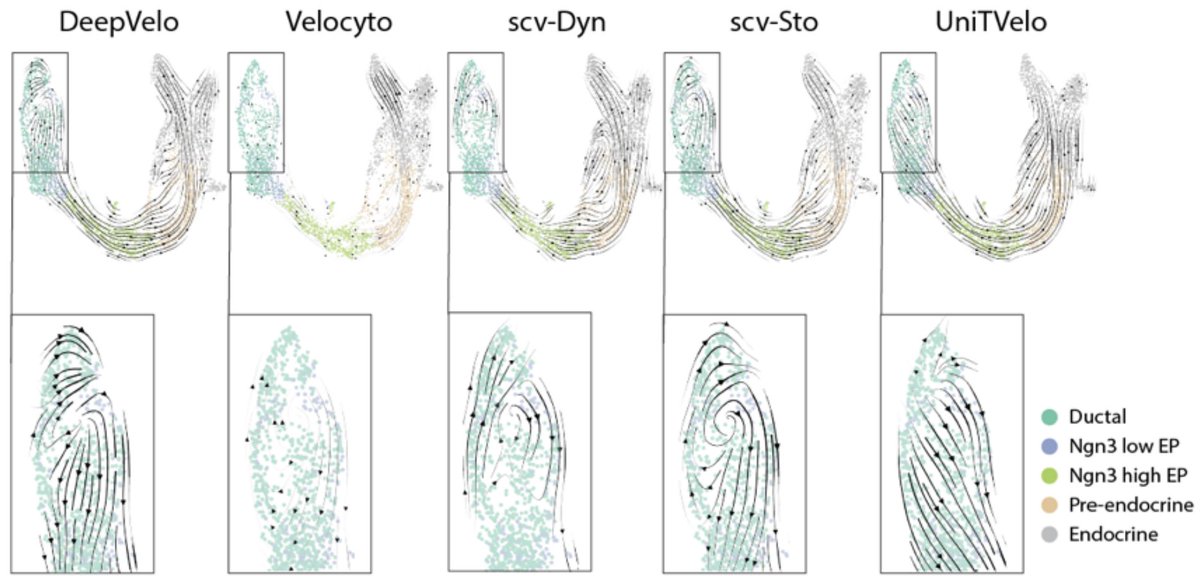In response to criticism of the lack of any women on the recent @numpy_team paper, the authors have floated a narrative that this is the result of "societal constraints", and meager origins of the project. The truth does not abide. 
https://twitter.com/numpy_team/status/1308917600596963330?s=201/

Let's start with a bit of history. NumPy has its origins in code developed in the 1990s, with the first official version released by Travis Oliphant (@teoliphant) in 2006. Kudos to him for an important effort; NumPy has had a huge impact on scientific software. 2/
However the idea that all the developers were men because of "societal constraints", that there just weren’t any interested women, and that they’ve always wanted to work with women but just couldn’t because they were not funded... that's just baloney. 3/
In 2006, when he released v1.0 of NumPy, Travis Oliphant was an assistant professor of Electrical and Computer Engineering at @BYU. His research was on applied math / numerical analysis / scientific computing for engineering and biomedical problems. 4/
Taking a look at his publications (scholar.google.com/citations?hl=e…), we see that he has authored 54 papers. In total he has had dozens of coauthors on numerous articles in a variety of areas. Out of his 54 he co-authored with a woman exactly twice 😱. 5/
The SciPy paper has 1 woman out of 33 authors. I leave it as an exercise for the reader to find the other paper that has a single woman author.
https://twitter.com/lpachter/status/1227244357968748545?s=206/
Misogyny is not created in a vacuum. @teoliphant was a faculty member in a misogynist department. His department at @BYU had zero women out of 25 faculty when he worked there. 7/ web.archive.org/web/2005102700…
Even today, in 2020, with 24 tenure track or tenured faculty in the department, there is only 1 woman. There is one more woman who is the one and only adjunct professor in the department. ece.byu.edu/faculty 8/
One is reminded of this poster from the math department @byu a few years ago: 9/ 

Turning to funding, shortly after releasing the first version of NumPy, Oliphant became president of Enthought, which was specifically devoted to supporting and developing NumPy for Scientific Computing. Enthought was not NumPy, but NumPy work supported Enthought’s mission. 10/
There is no doubt that many programmers contributed their time, uncompensated, to NumPy. But NumPy has not been without funding. In 2013, DARPA dished out $3 million for Python “Big Data” development informationweek.com/software/infor… including funding for @teoliphant and Blaze. 11/
This work was done at a company, Continuum, that Oliphant founded for the purpose of developing NumPy, and where he employed key developers of NumPy. Continuum is now called Anaconda.anaconda.com 12/
Meanwhile Oliphant moved on, founding Quansight, where he again employs several key developers of @numpy_team. The leadership team at Quansight is 12 men and 1 woman. quansight.com/about-us 13/
Ralf Gommers (@ralfgommers), who blocked me for talking about the lack of women on the NumPy paper, works for @teoliphant at Quansight. He is the director of Quansight Labs. 14/
https://twitter.com/lpachter/status/1307085108088799232?s=20
All of this is **before* NumPy receives @cziscience funding. And the funding goes to… Ralf Gommers at *Quansight*. Remember “societal constraints” and “volunteers”… give me a break. 15/ chanzuckerberg.com/eoss/proposals… 

Is NumPy great software? Absolutely.
Do I use it? Yes (I also listen enjoy listening to Wagner).
Is the lack of women on the NumPy paper just an unfortunate result of societal constraints, a leaky pipeline, and lack of resources of some guys in a garage? I don't think so. 16/
Do I use it? Yes (I also listen enjoy listening to Wagner).
Is the lack of women on the NumPy paper just an unfortunate result of societal constraints, a leaky pipeline, and lack of resources of some guys in a garage? I don't think so. 16/
A constructive path forward can taking many forms, but it has to begin with an honest accounting of the past. 17/
The OSS community has done many great things, and it is an amalgamation of many teams and projects so one cannot generalize about it. But the idea that all of it is ethical and equitable is nonsense. 18/
• • •
Missing some Tweet in this thread? You can try to
force a refresh


















